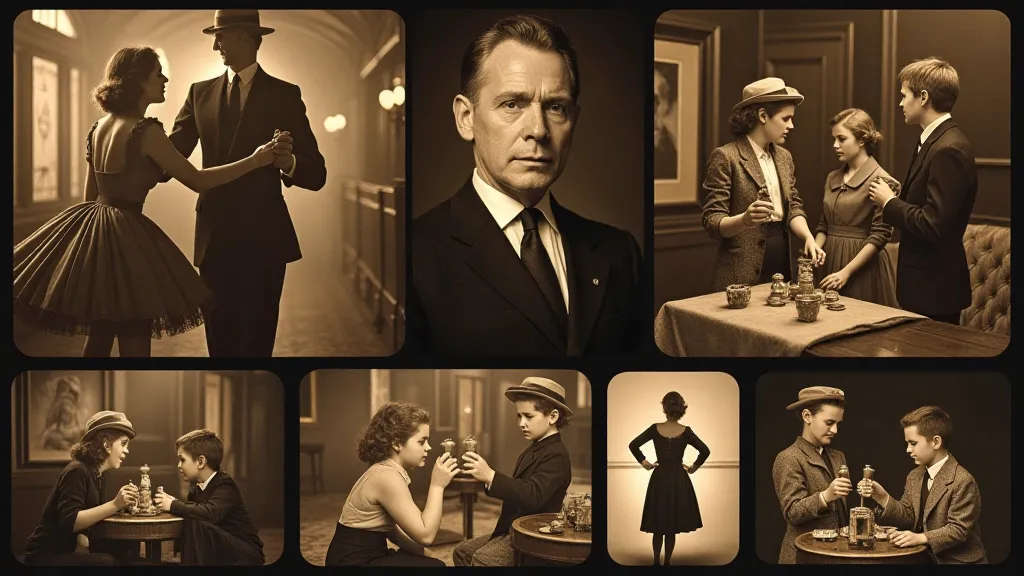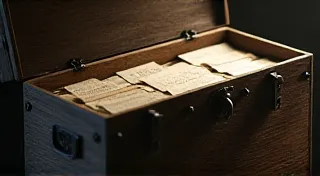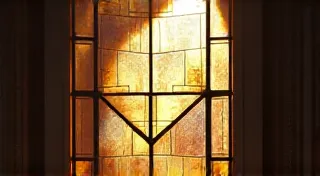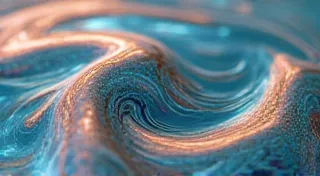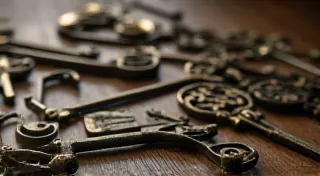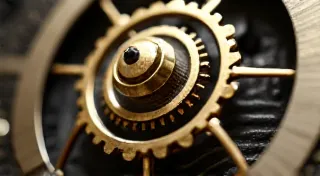Beyond the Lens: Finding Authentic Stories in Forgotten Family Archives
There's a profound magic in unearthing the past. Not just reading about it in history books, but *seeing* it, frozen in time, through the tiny squares of film negatives tucked away in forgotten family archives. For those of us who restore vintage film cameras, this experience transcends the technical aspects of repair and preservation; it becomes an intimate journey into the lives of those who came before us, a tangible connection to moments long vanished. It’s a privilege, really, and one that demands respect and care.
I remember the first time I encountered such a trove. I was helping my grandmother clear out her late brother’s house. He had been a quiet man, a librarian, seemingly untouched by the dramas of modern life. But in a dusty cardboard box, nestled amongst old newspapers and moth-eaten sweaters, lay a collection of film negatives – hundreds of them. They were unlabeled, undated, offering no immediate clues as to their content or context. It was like being handed a puzzle with missing pieces, a silent story begging to be told.
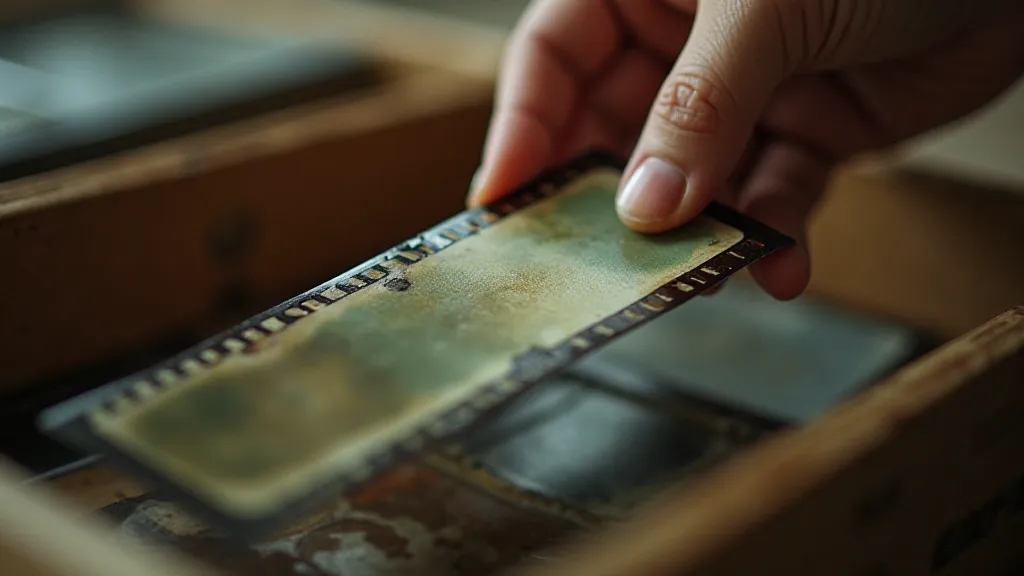
The Camera as Witness
These weren’t just photographs; they were fragments of lived experience. A young woman in a flapper dress, laughing with friends at a seaside pier. A farmer overseeing a bountiful harvest. Children playing in a tree-lined street, their faces beaming with innocent joy. Each negative held a micro-moment, a testament to the human spirit. It made me think about the cameras themselves – these silent witnesses to history. So many of them, like the cameras we restore, were built to last, testament to a time when craftsmanship and durability were paramount. A Leica IIIc, a Rolleiflex 2.8F, a Kodak Brownie – these weren't disposable gadgets. They were tools for capturing memories, meant to be treasured and passed down through generations. The act of repairing these cameras isn’t just about fixing gears and lubricants; it's about honoring that legacy.
Handling with Care: Preservation Begins with Respect
The condition of these negatives was… fragile. Many were brittle, stuck together, or covered in dust. The first step, and the most crucial, is handling them with the utmost care. Fingerprints can permanently damage negatives, so cotton gloves are essential. A clean, dust-free workspace is a must. The negatives should be stored in archival-quality sleeves – the plastic degrades over time, releasing harmful chemicals that can further damage the images. This is where an understanding of photographic materials becomes invaluable; it’s a knowledge that aligns directly with the skills required to repair and restore the cameras that created them.
Deciphering the Past: Context and Interpretation
Once the negatives are safely housed, the real detective work begins. Identifying the camera used can offer clues about the timeframe and the photographer's skill level. The types of scenes captured – the clothing styles, the architecture, the cars – provide contextual information. Family members, even those who weren’t directly involved in taking the photos, can be an invaluable resource. Grandparents, aunts, and uncles often possess memories that can unlock the mysteries hidden within the negatives.
I remember struggling to identify a particular location in one of my grandmother’s brother’s collections. After weeks of fruitless searching, my aunt recognized the distinctive spire of a local church that had been demolished in the 1960s. Suddenly, the picture wasn’t just an image; it was a piece of local history, a memory triggered by a forgotten landmark. This speaks to a profound truth about these archives: they are not just about the past; they are about *our* connection to the past, and how that connection shapes our understanding of ourselves.
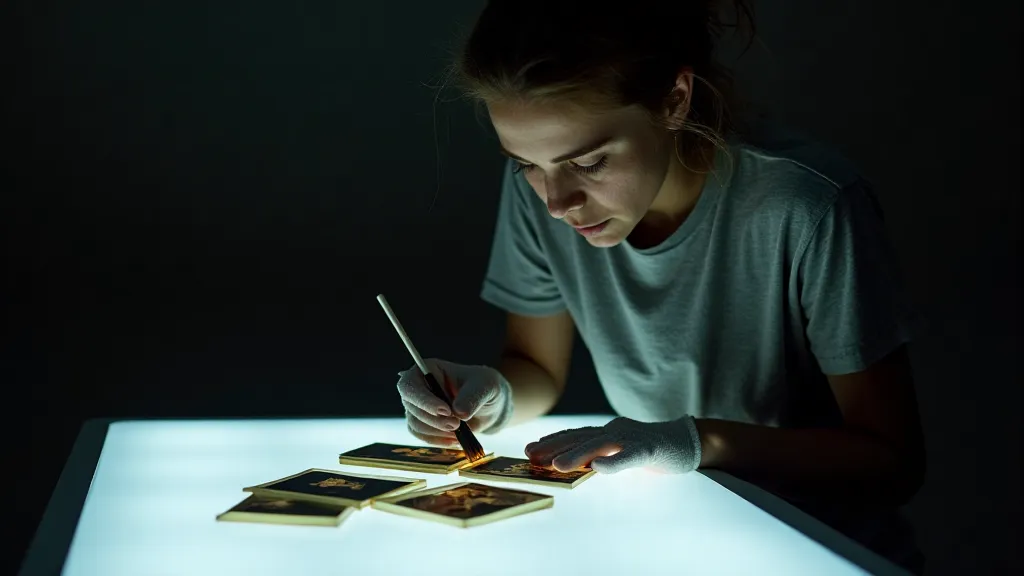
The Scanning Process: Bringing the Past to Light
Once identified, the next step is scanning the negatives. A dedicated film scanner will produce the best results, but a high-resolution flatbed scanner can work in a pinch. The key is to use the correct settings – high resolution, minimal sharpening, and accurate color reproduction. The scanned images should be stored in a lossless format, such as TIFF, to preserve the maximum amount of detail. This process is technically demanding; it requires a meticulous approach and a keen eye for detail, qualities that are also fundamental to repairing vintage cameras.
There's a certain magic in watching those faint, grainy images slowly materialize on the computer screen. It's like witnessing history being reborn. The dust and scratches fade away, revealing the vibrant colors and the expressive faces of those who lived before us.
More Than Just Pictures: A Legacy of Connection
Finding and restoring these family archives is more than just a hobby; it’s a way of connecting with our ancestors and preserving their legacy. It's a reminder that we are all part of a larger story, a tapestry woven from the experiences of generations past. The act of restoring a vintage camera— carefully cleaning the lens, lubricating the gears— is a parallel process. It's a way of extending that legacy, of ensuring that those beautiful machines, like the stories they captured, continue to bring joy and inspiration for years to come.
These forgotten family archives are treasures, and it's our responsibility to safeguard them. Let us approach them with respect, care, and a deep appreciation for the lives and stories they contain. And perhaps, in the process, we’ll discover a little bit more about ourselves.
